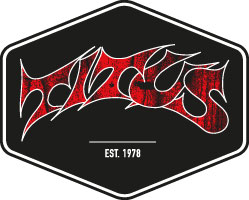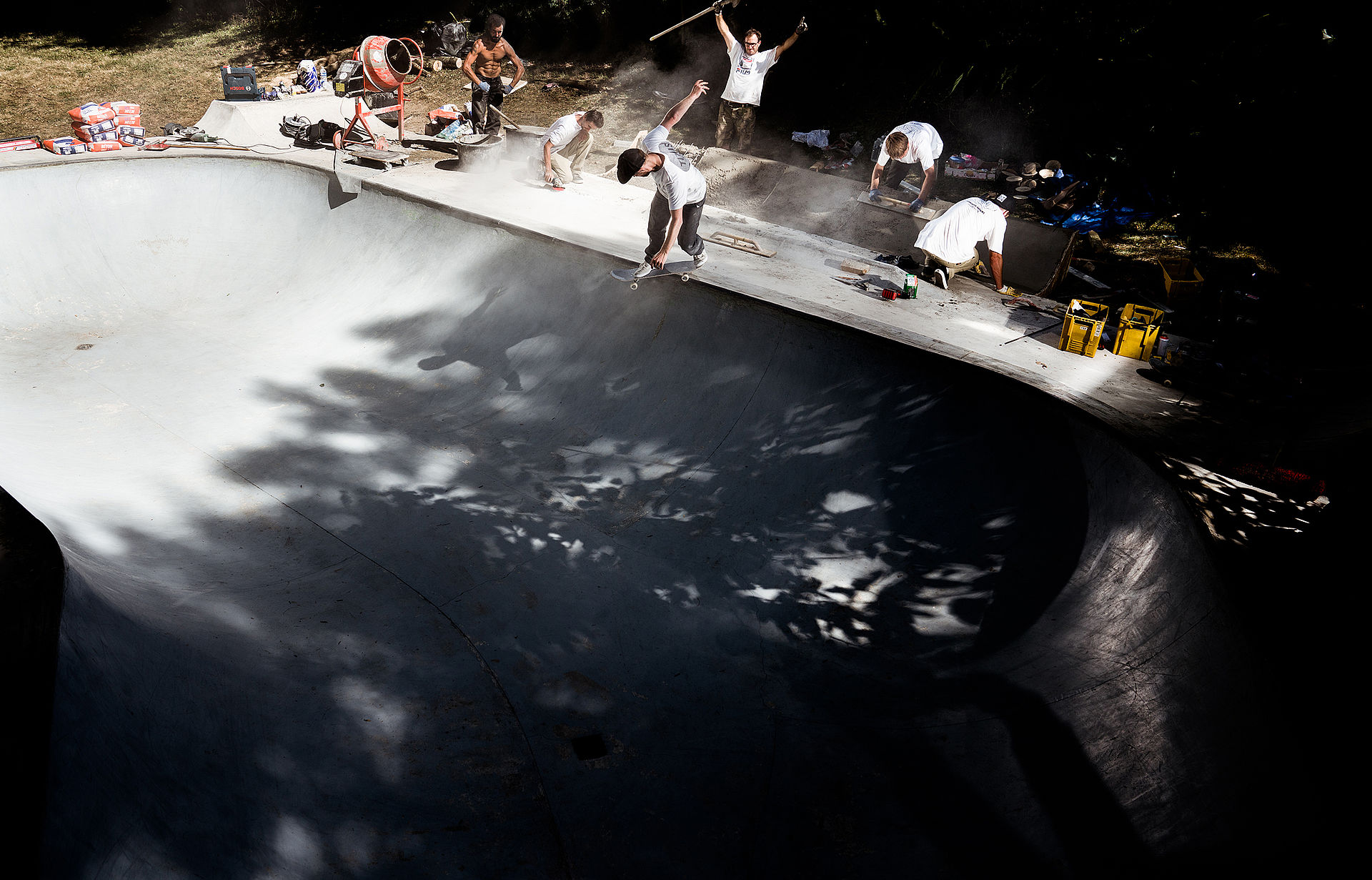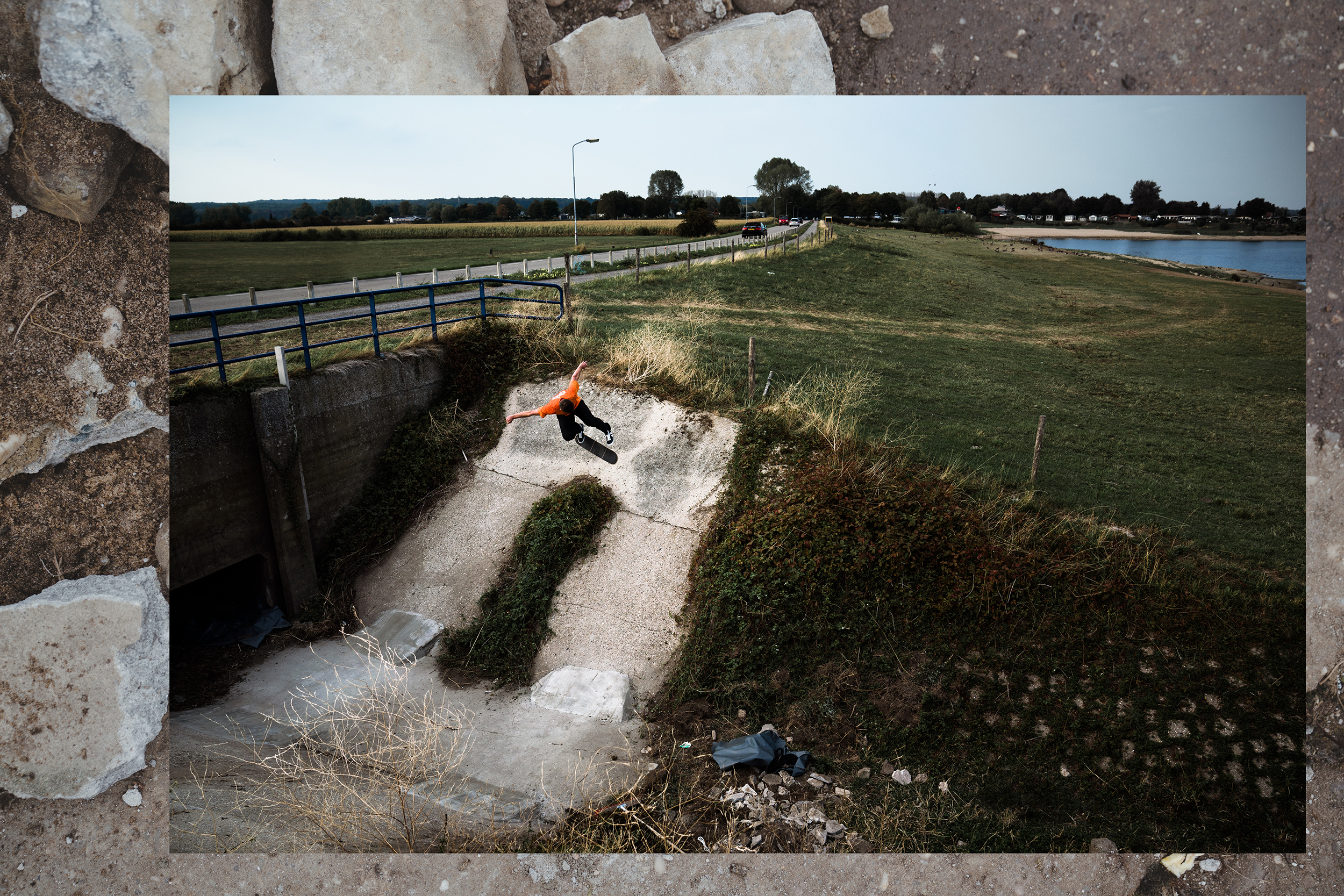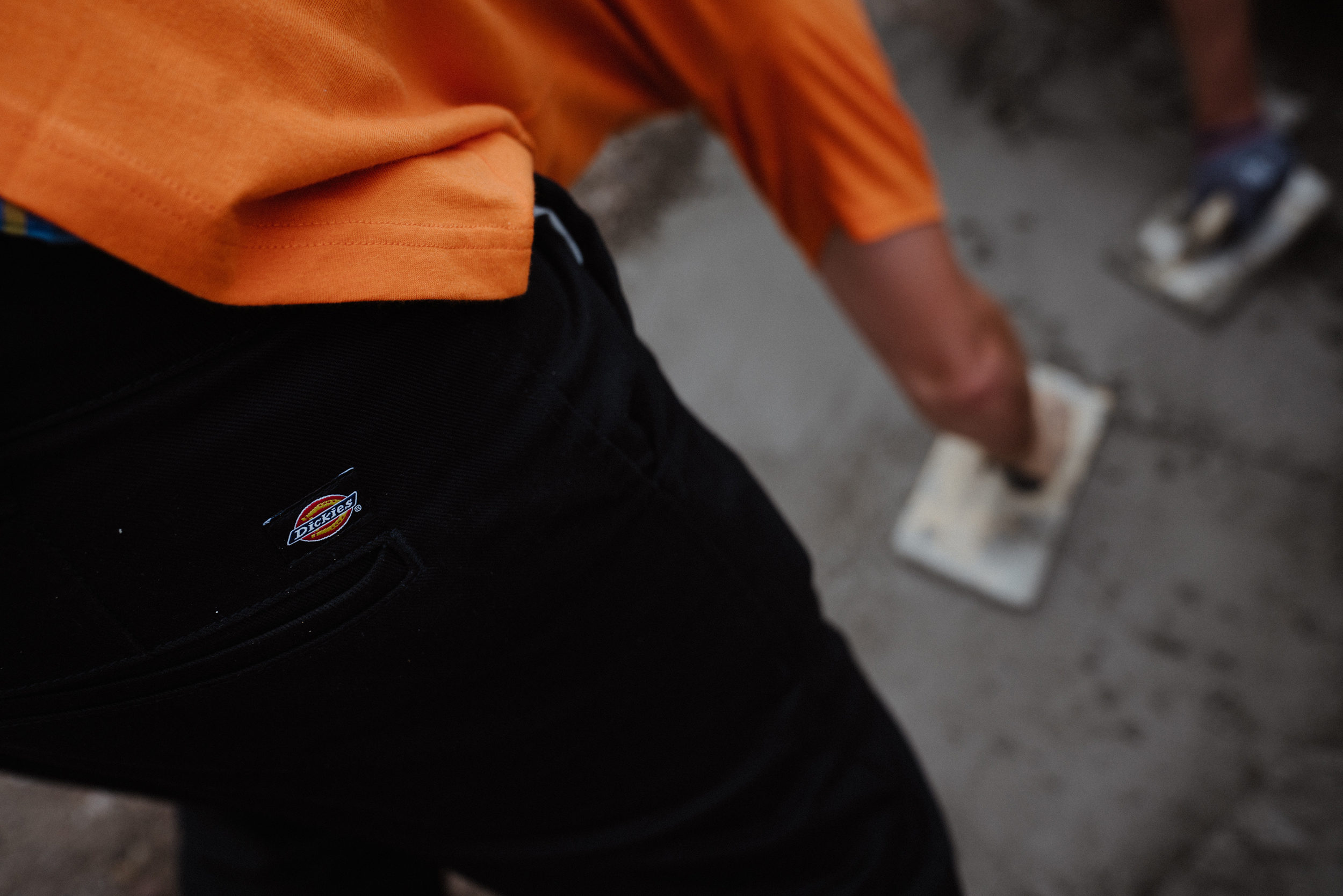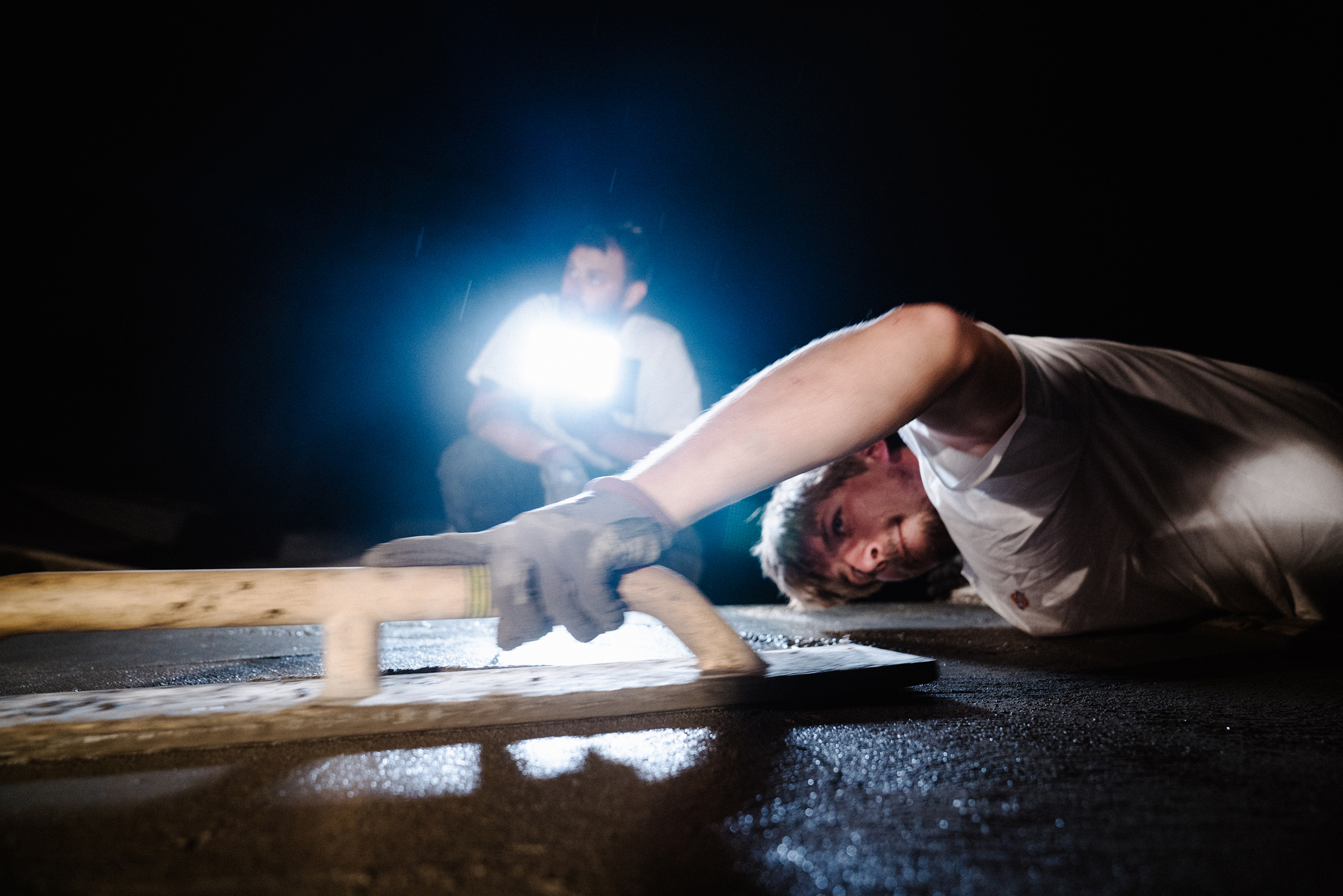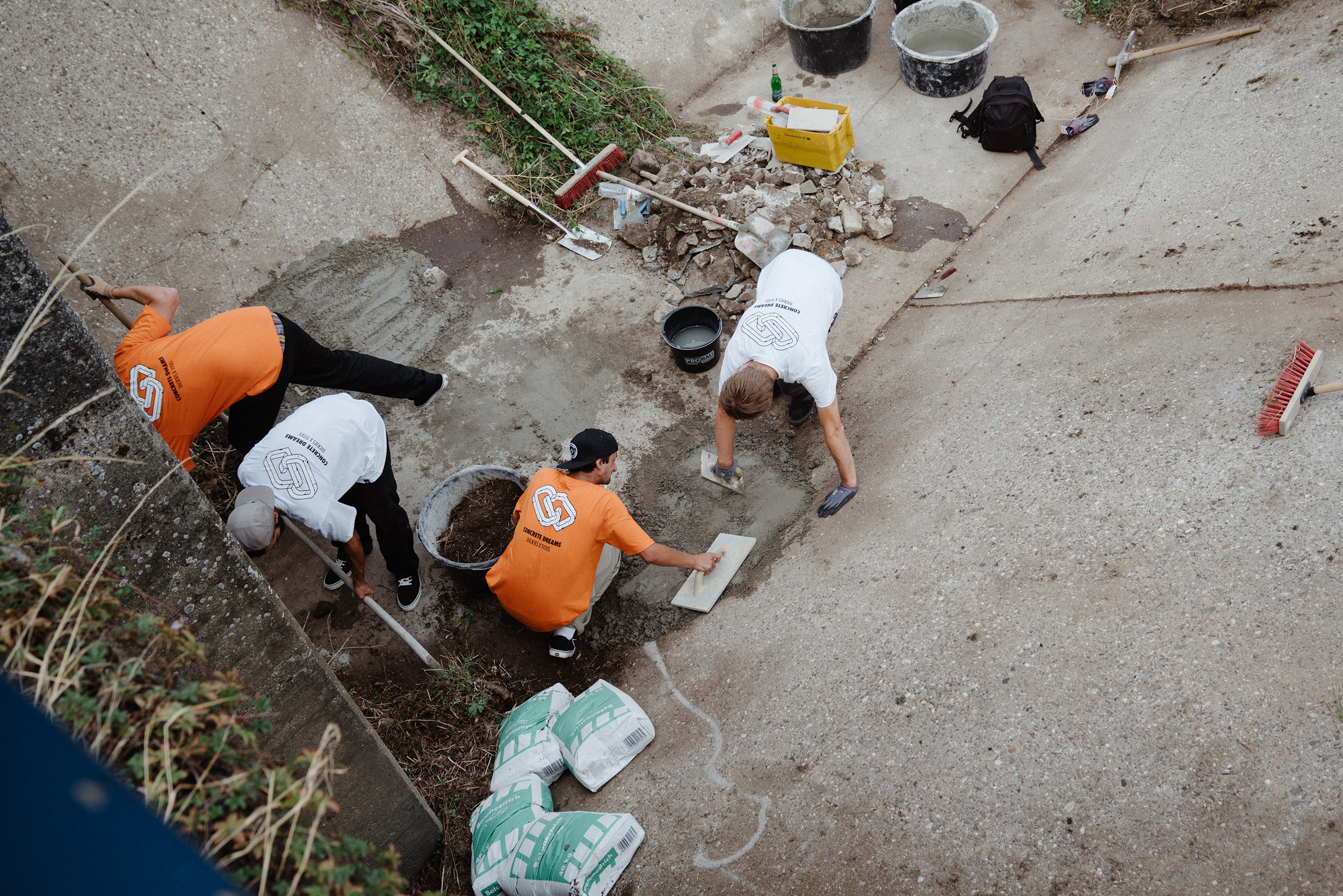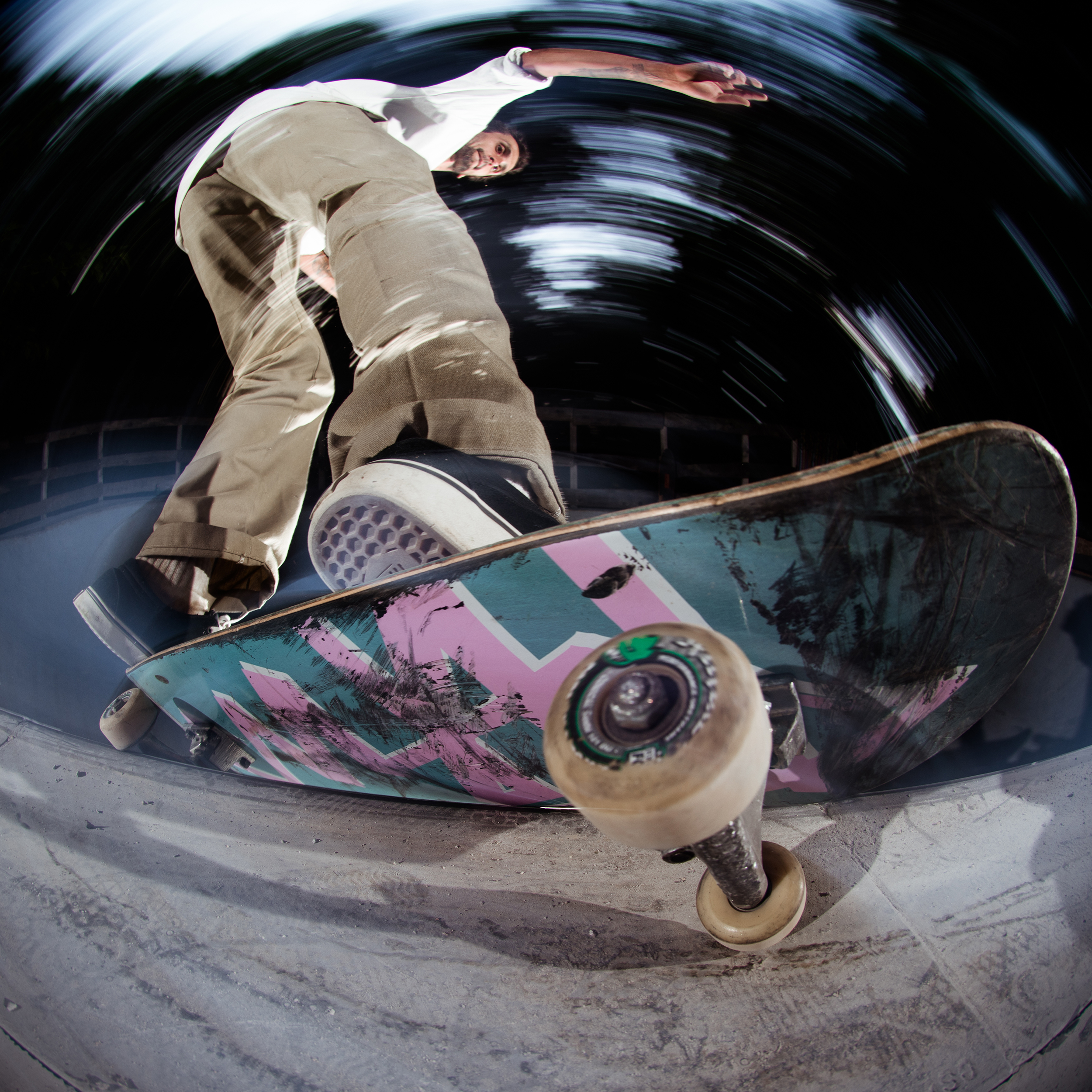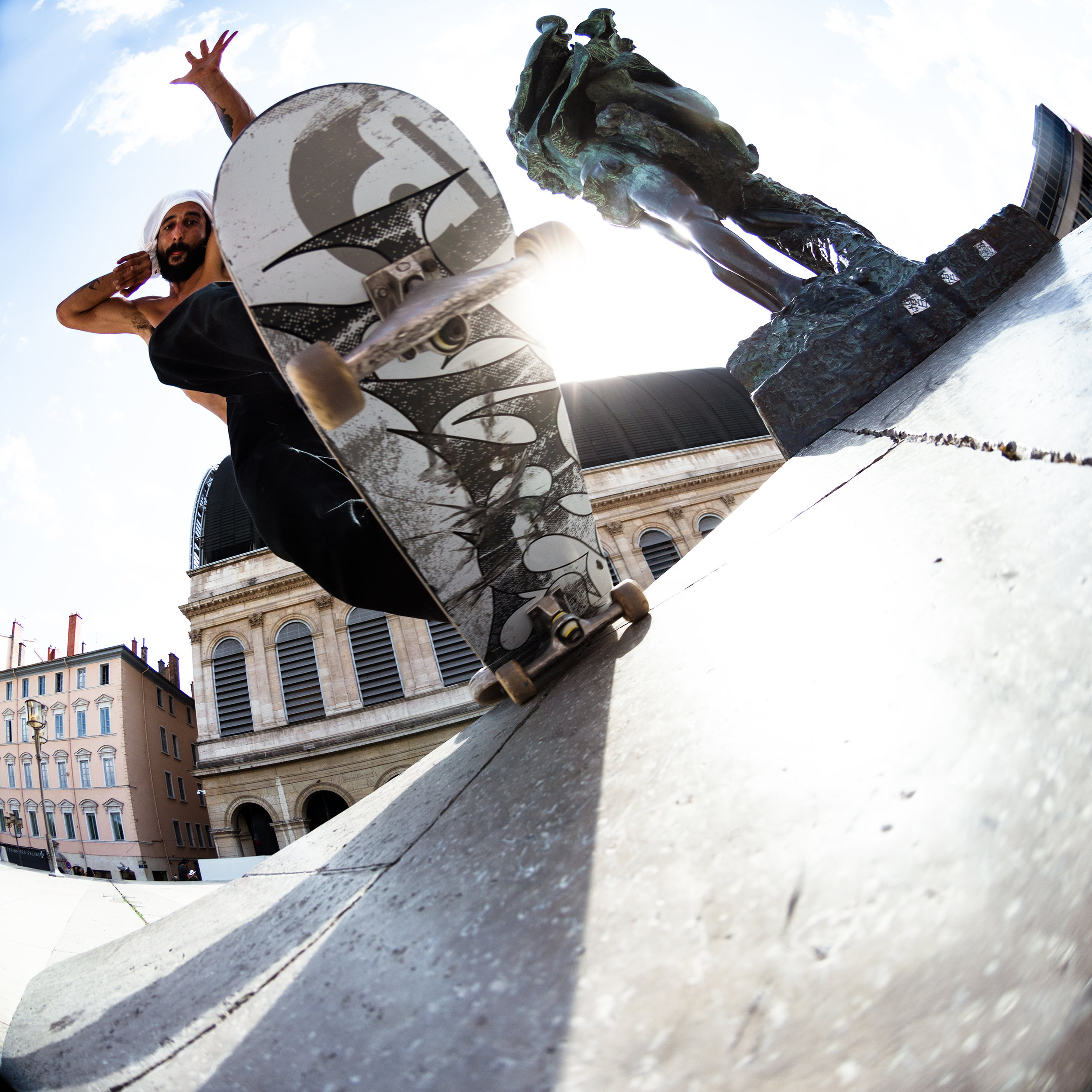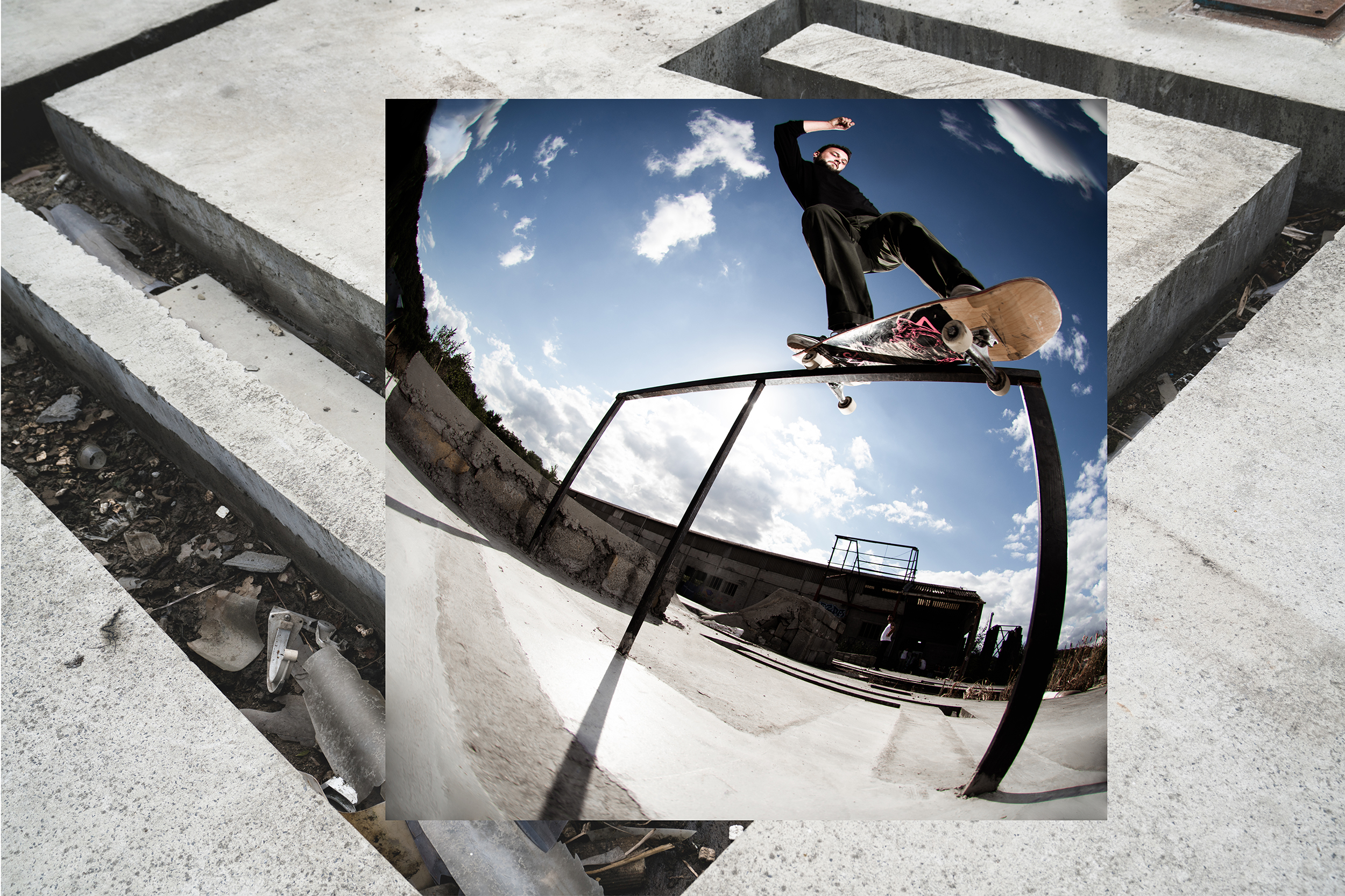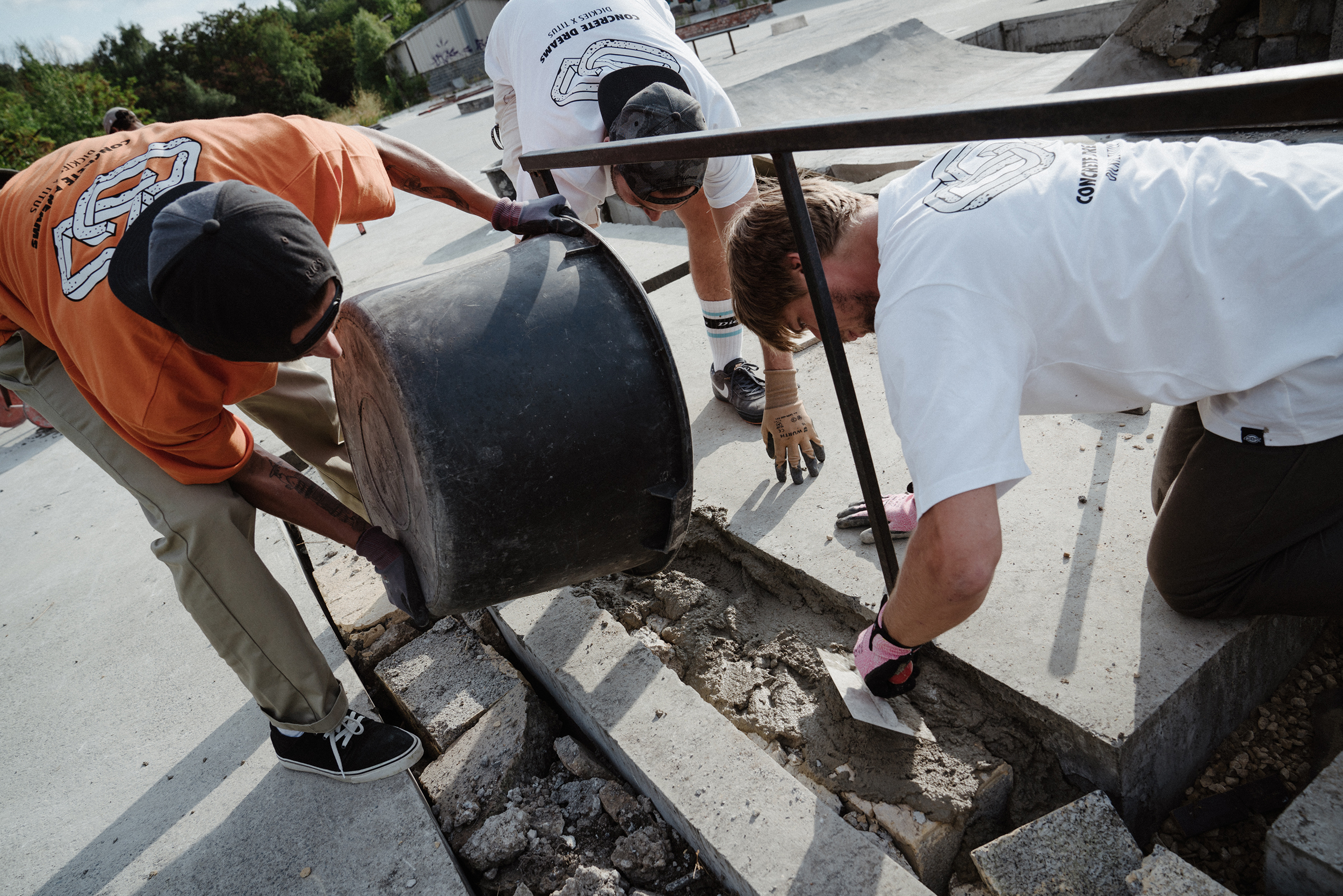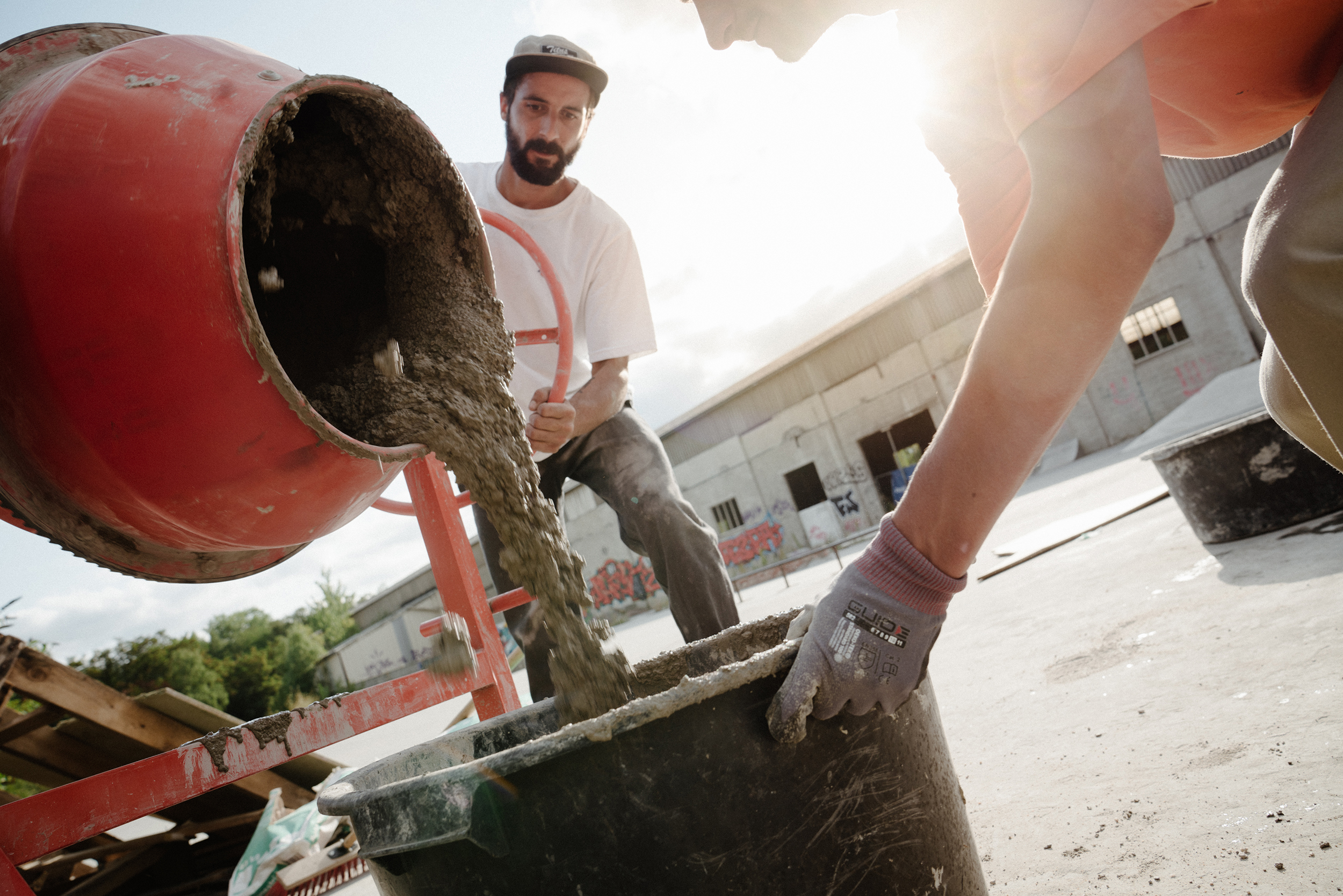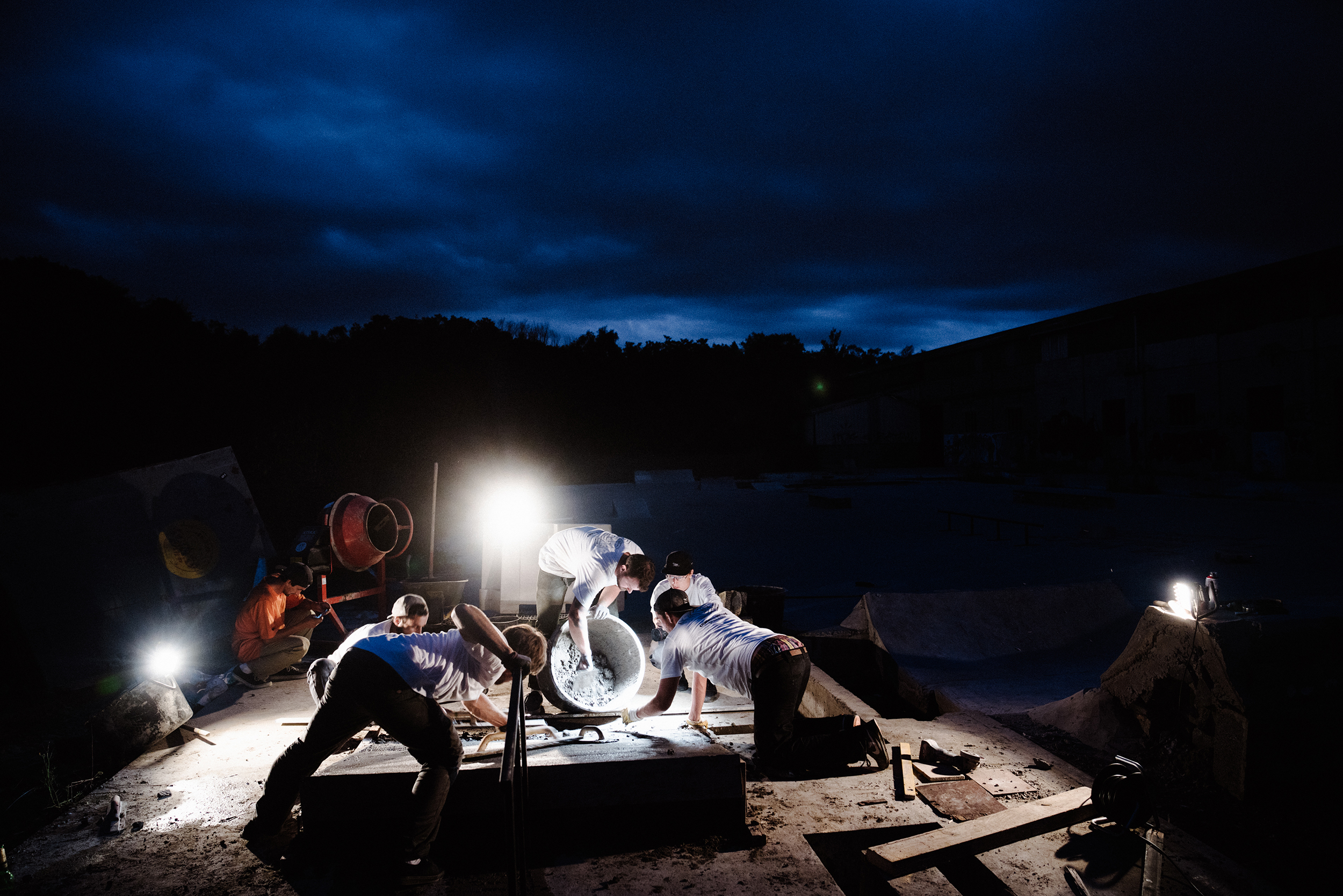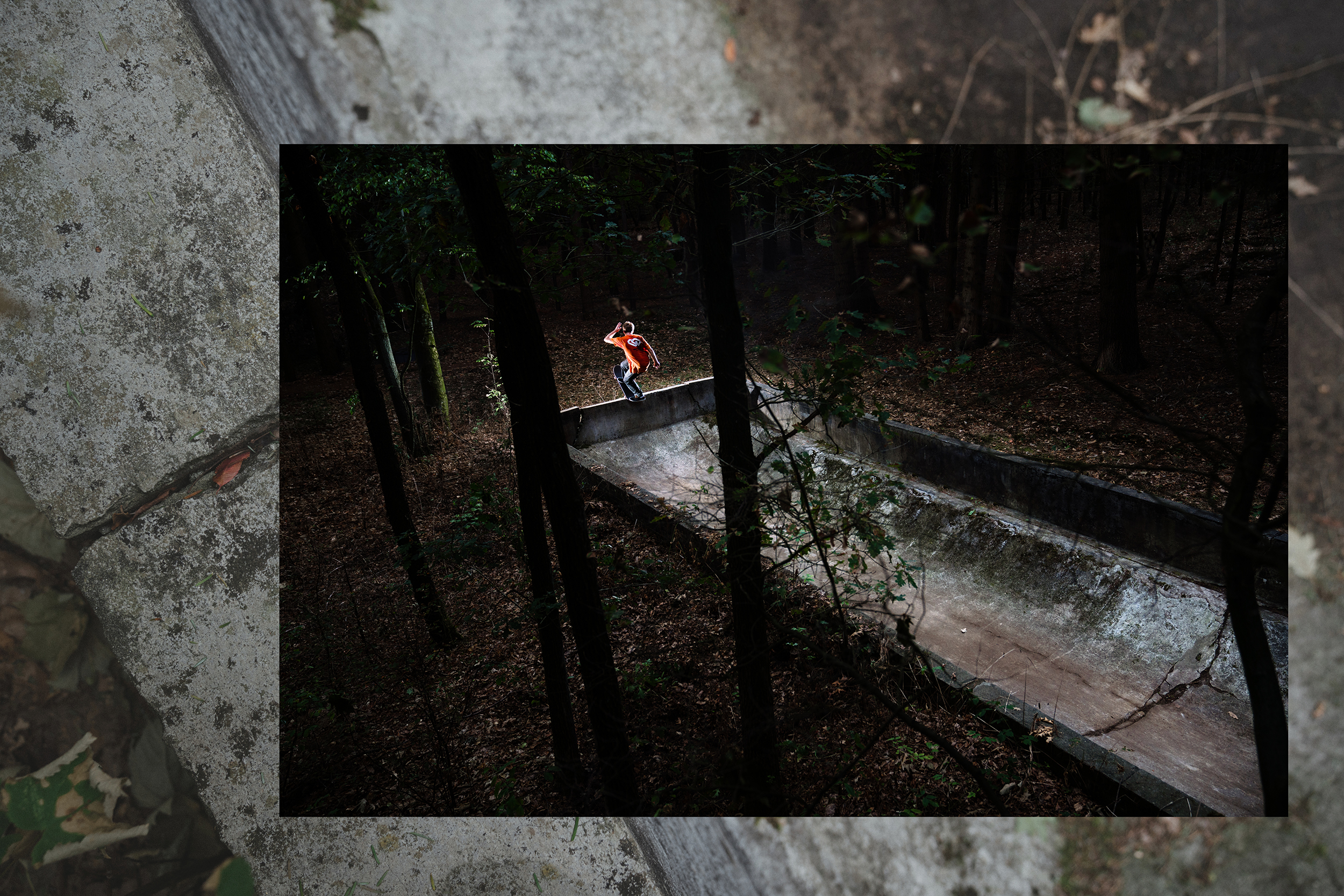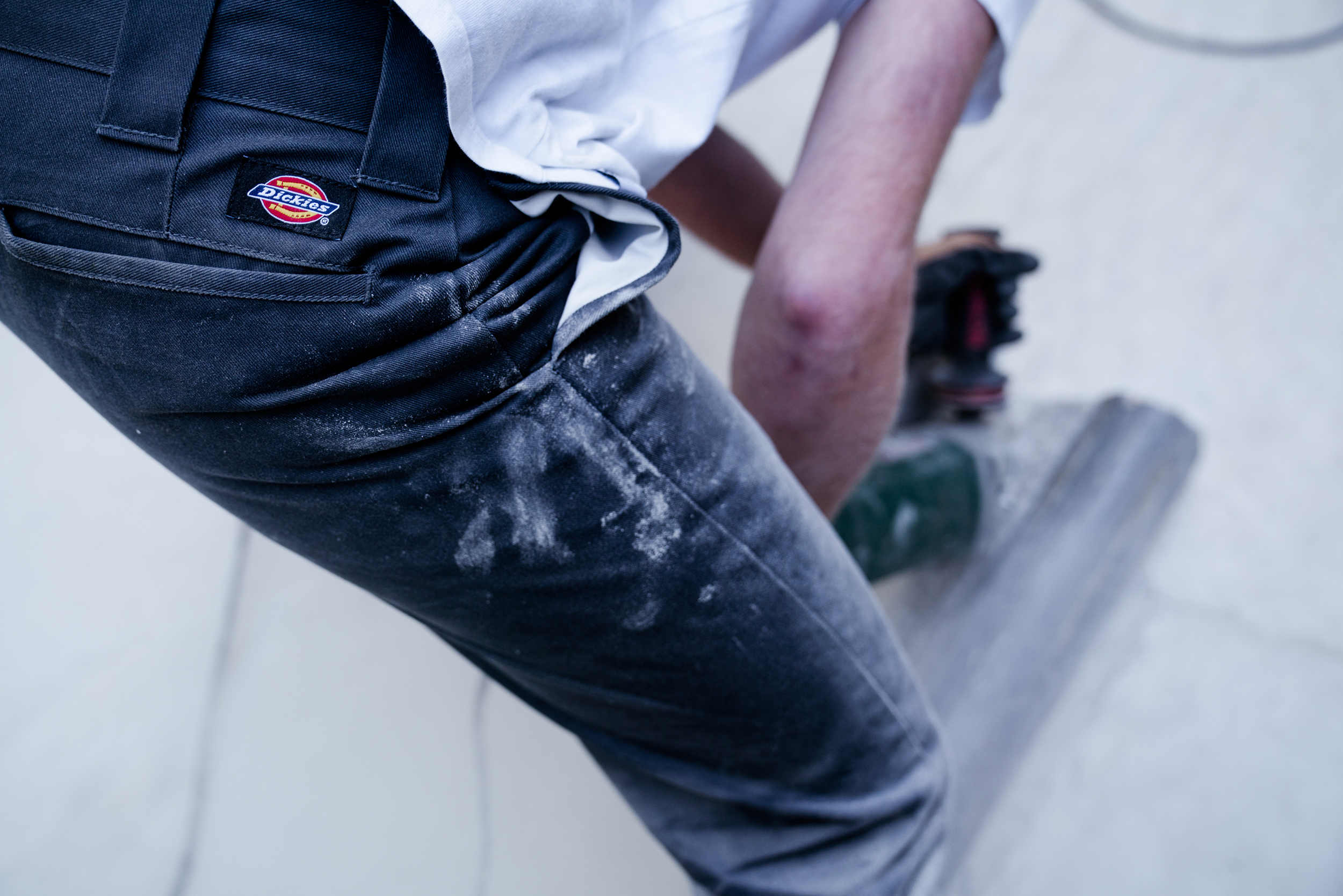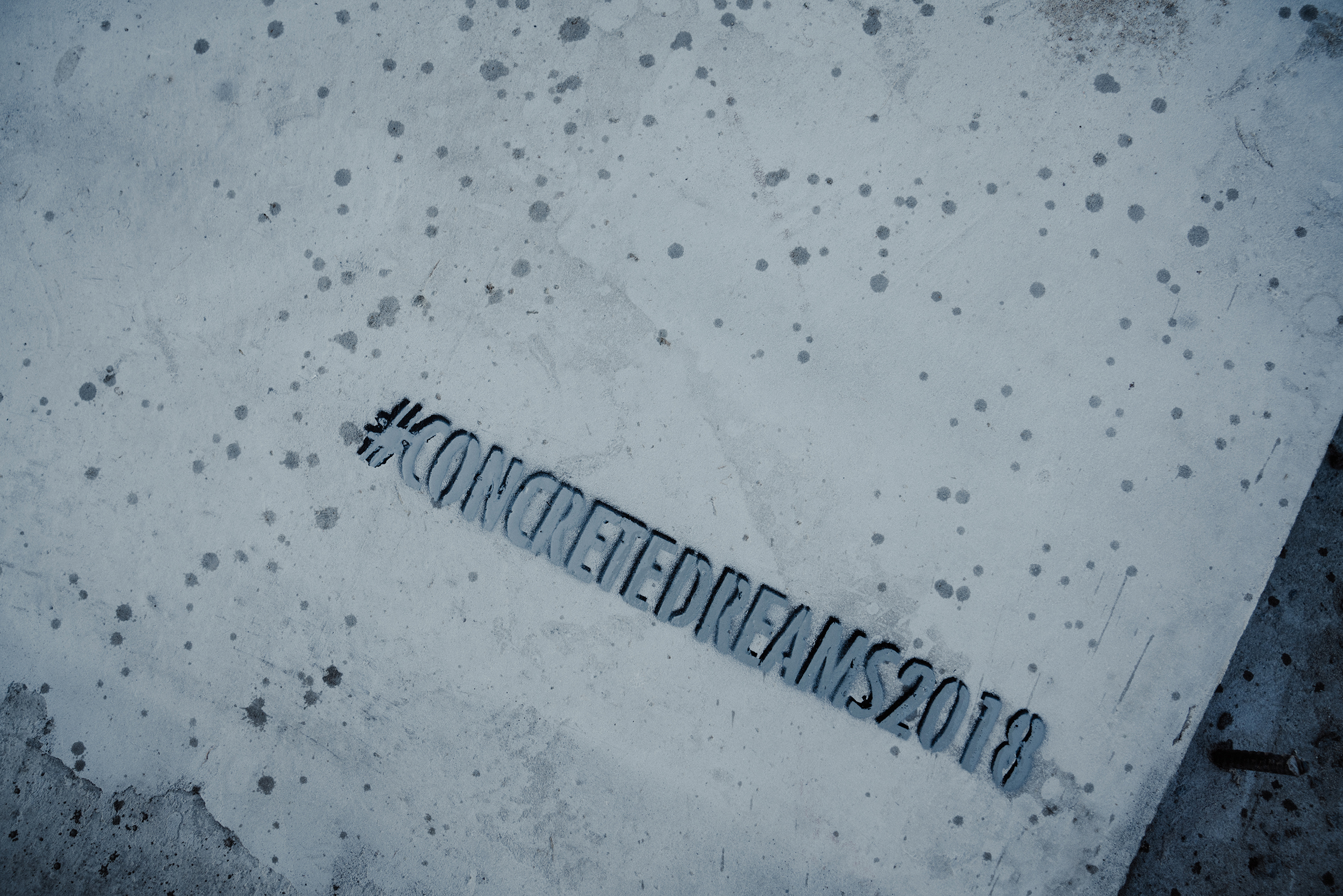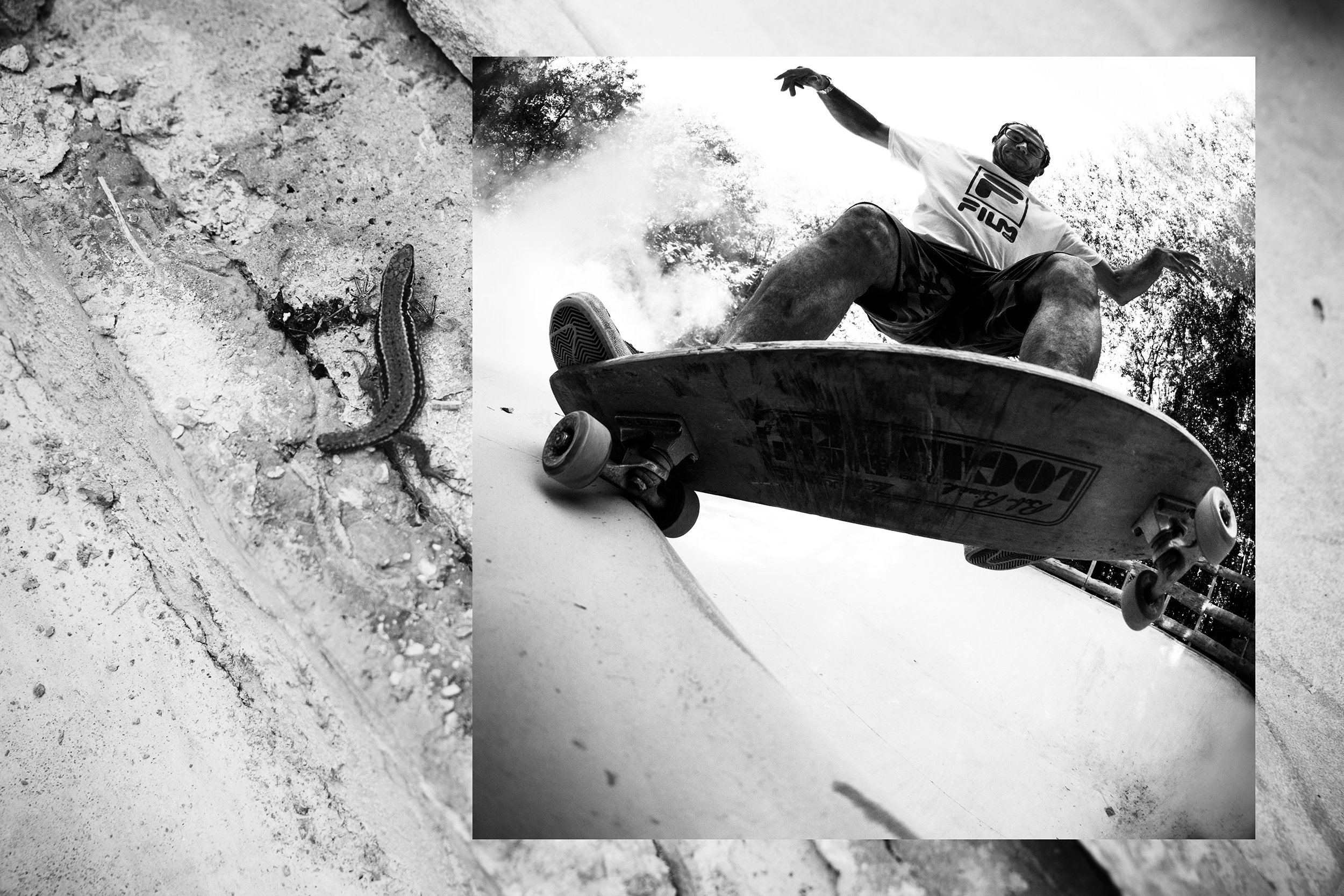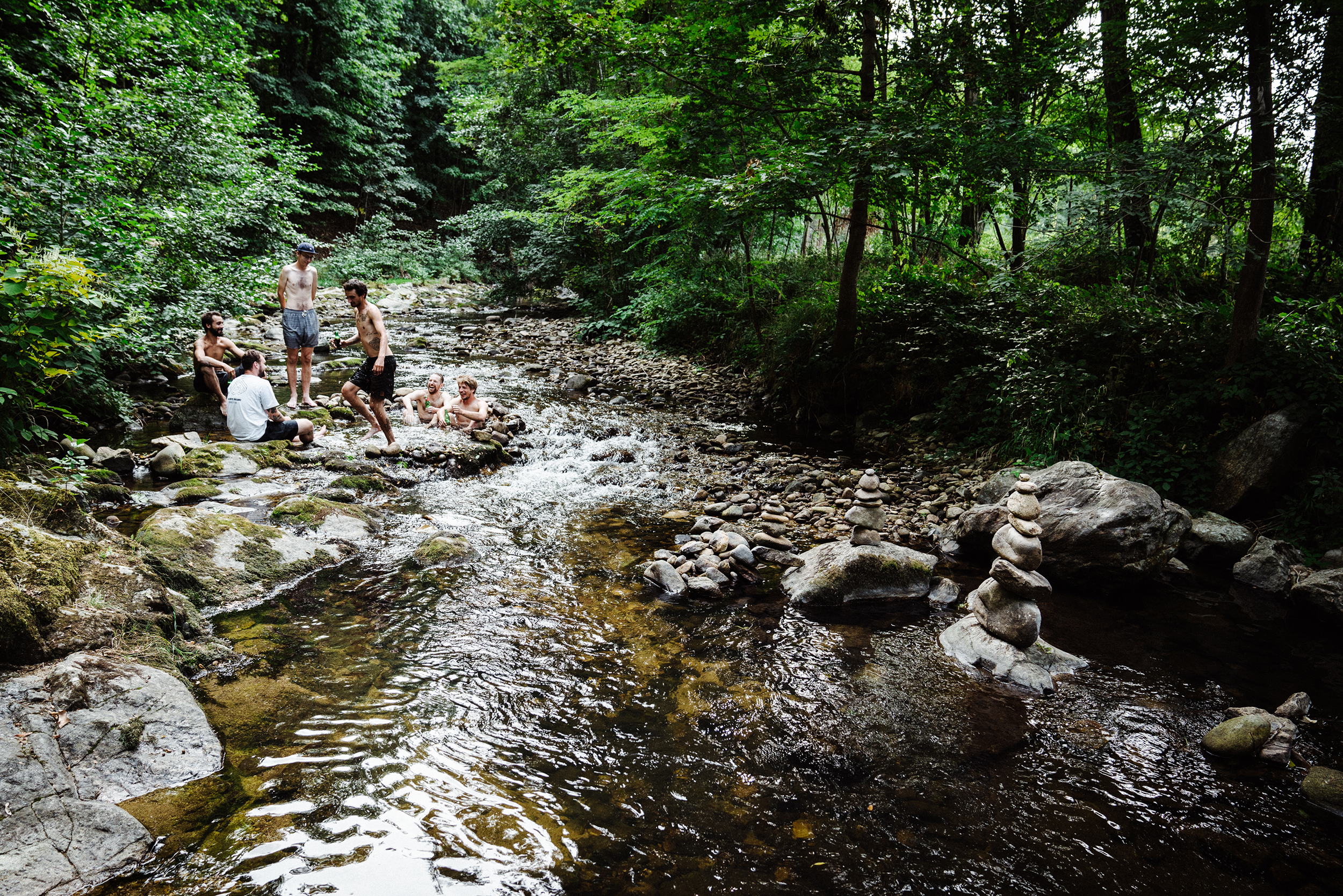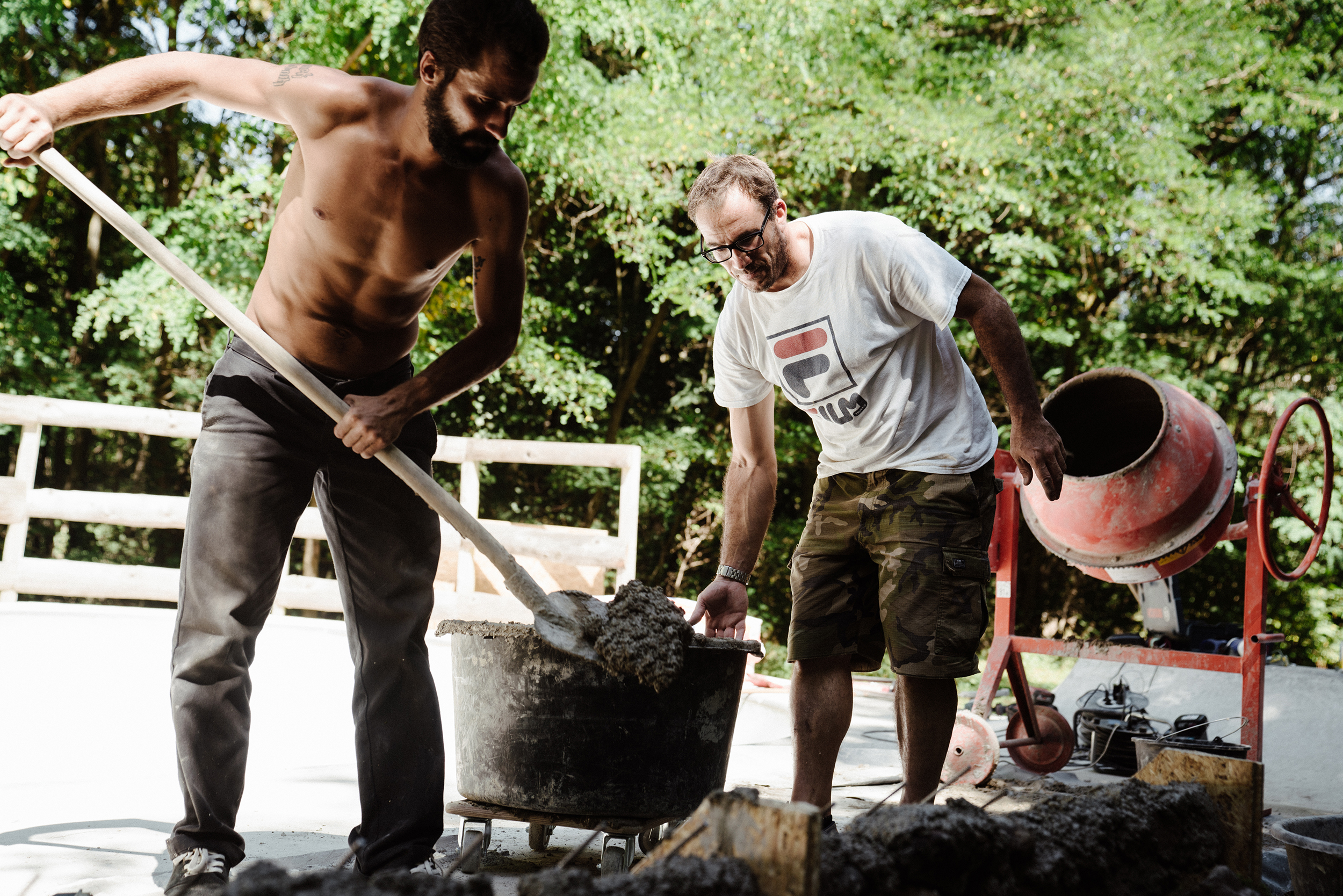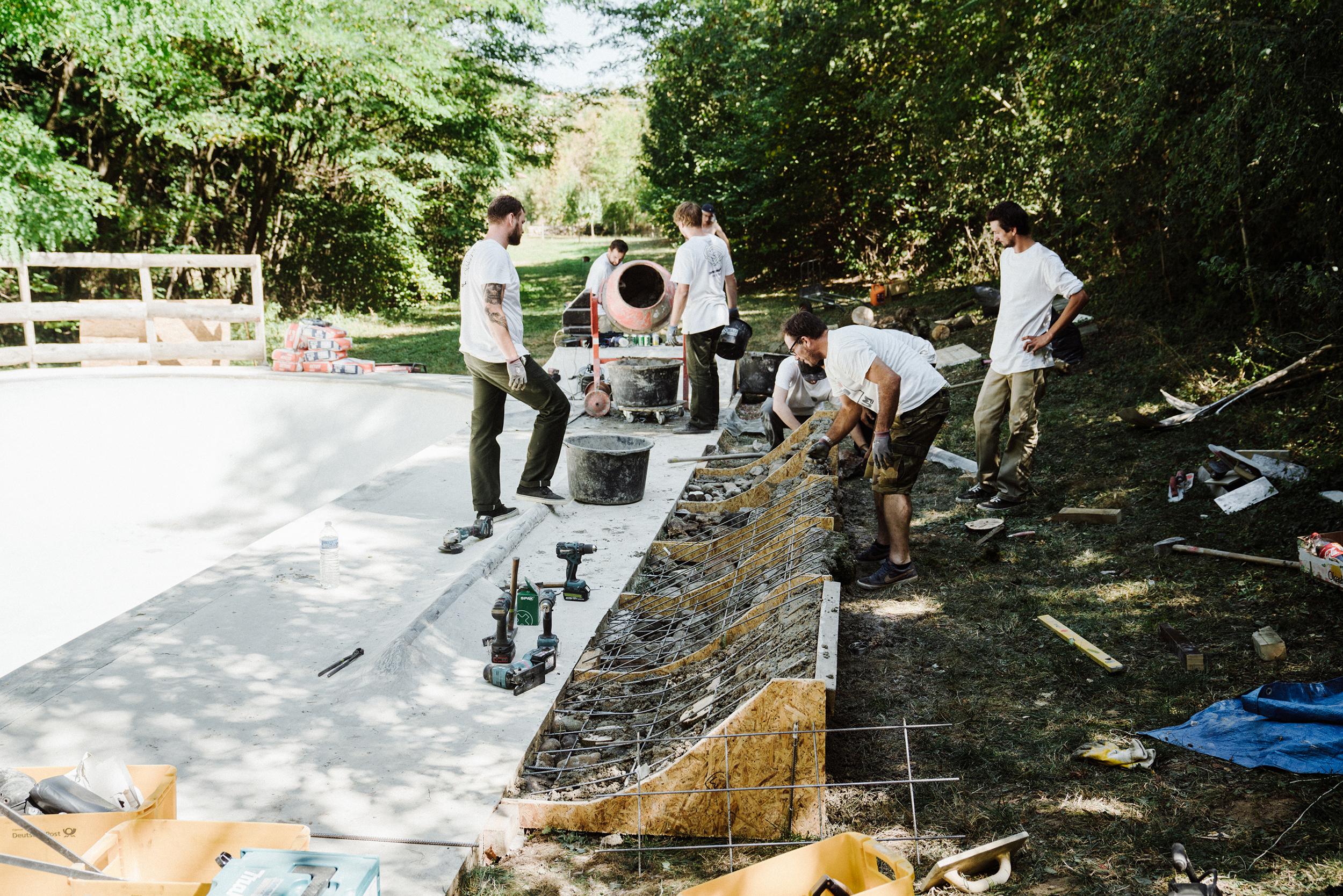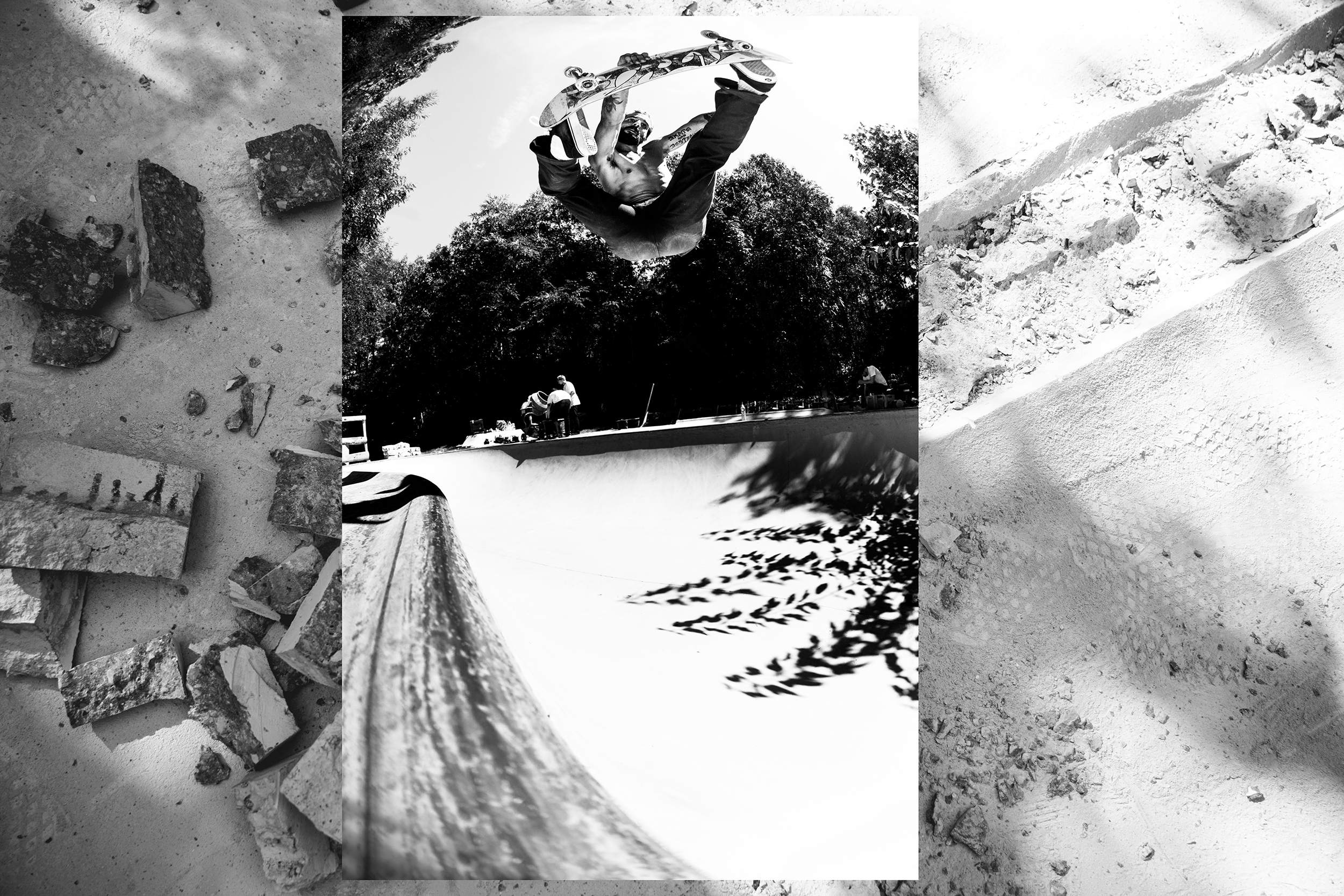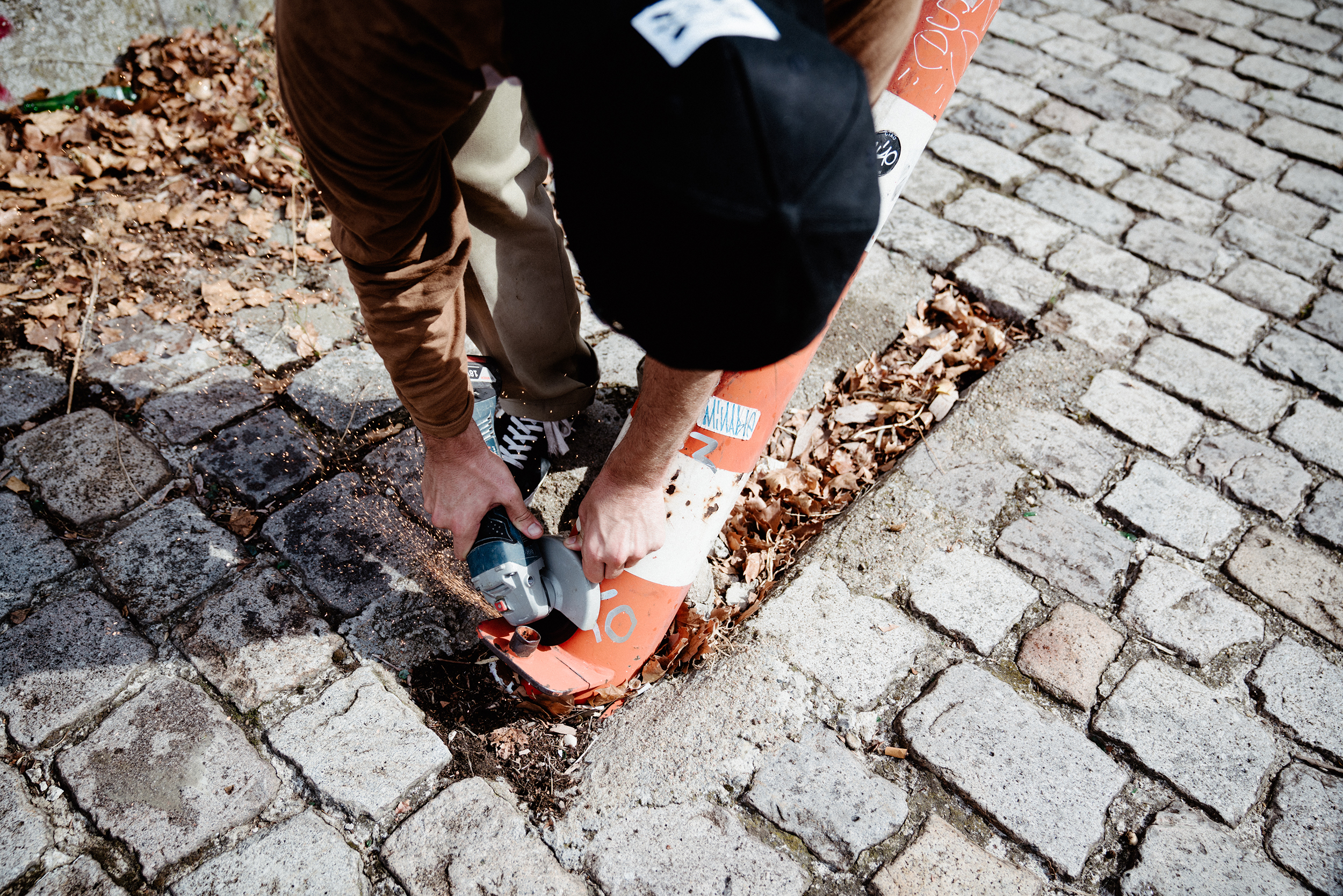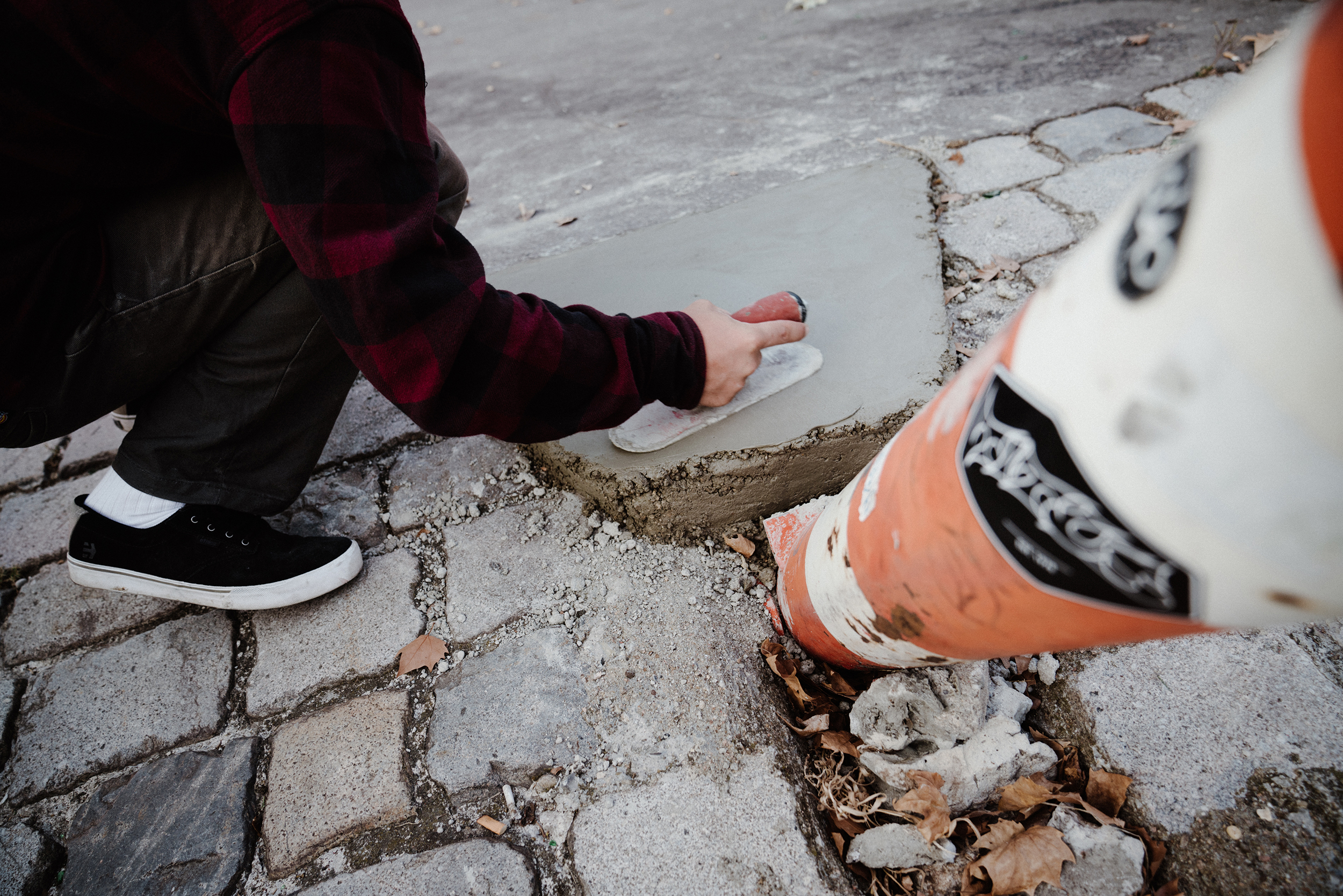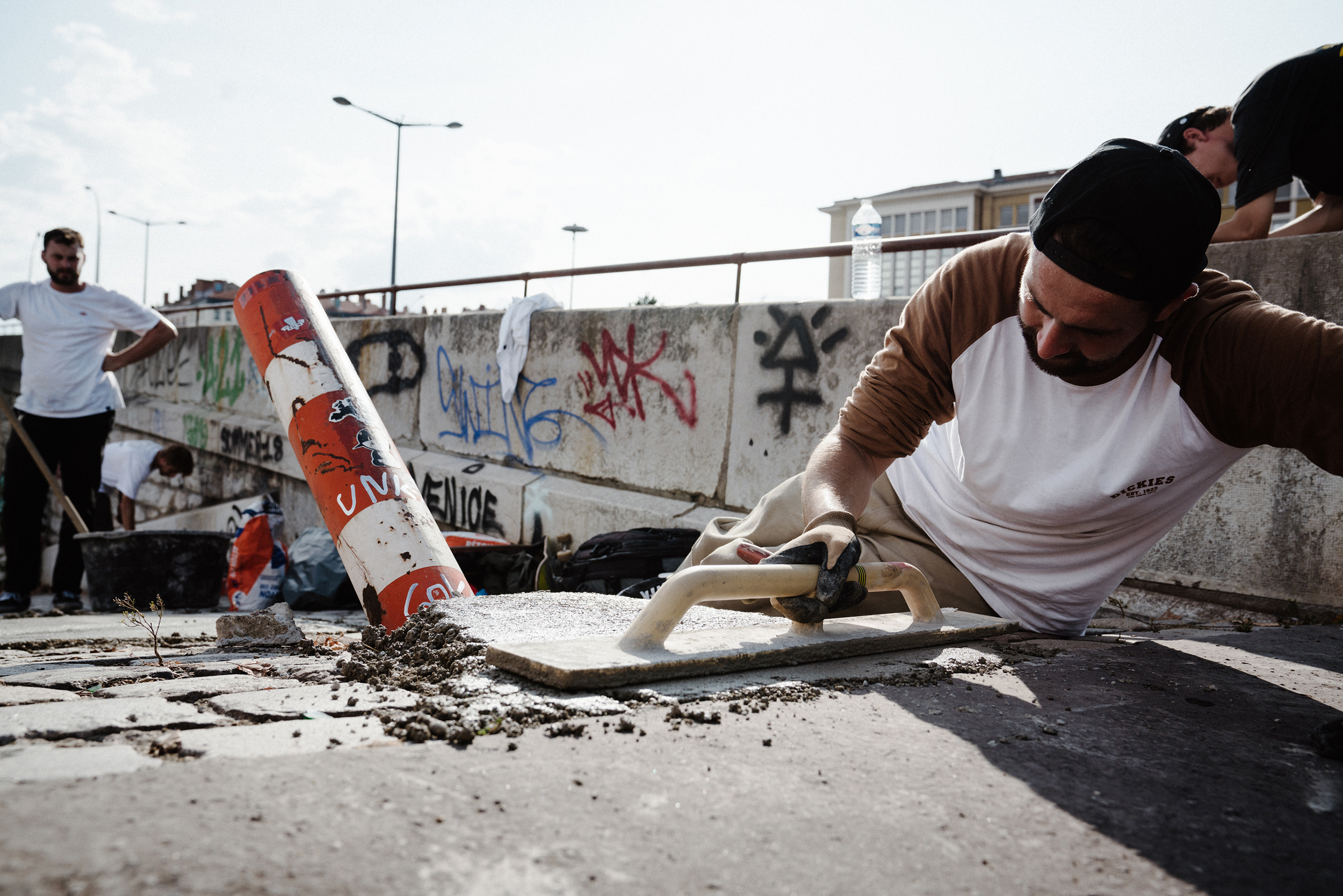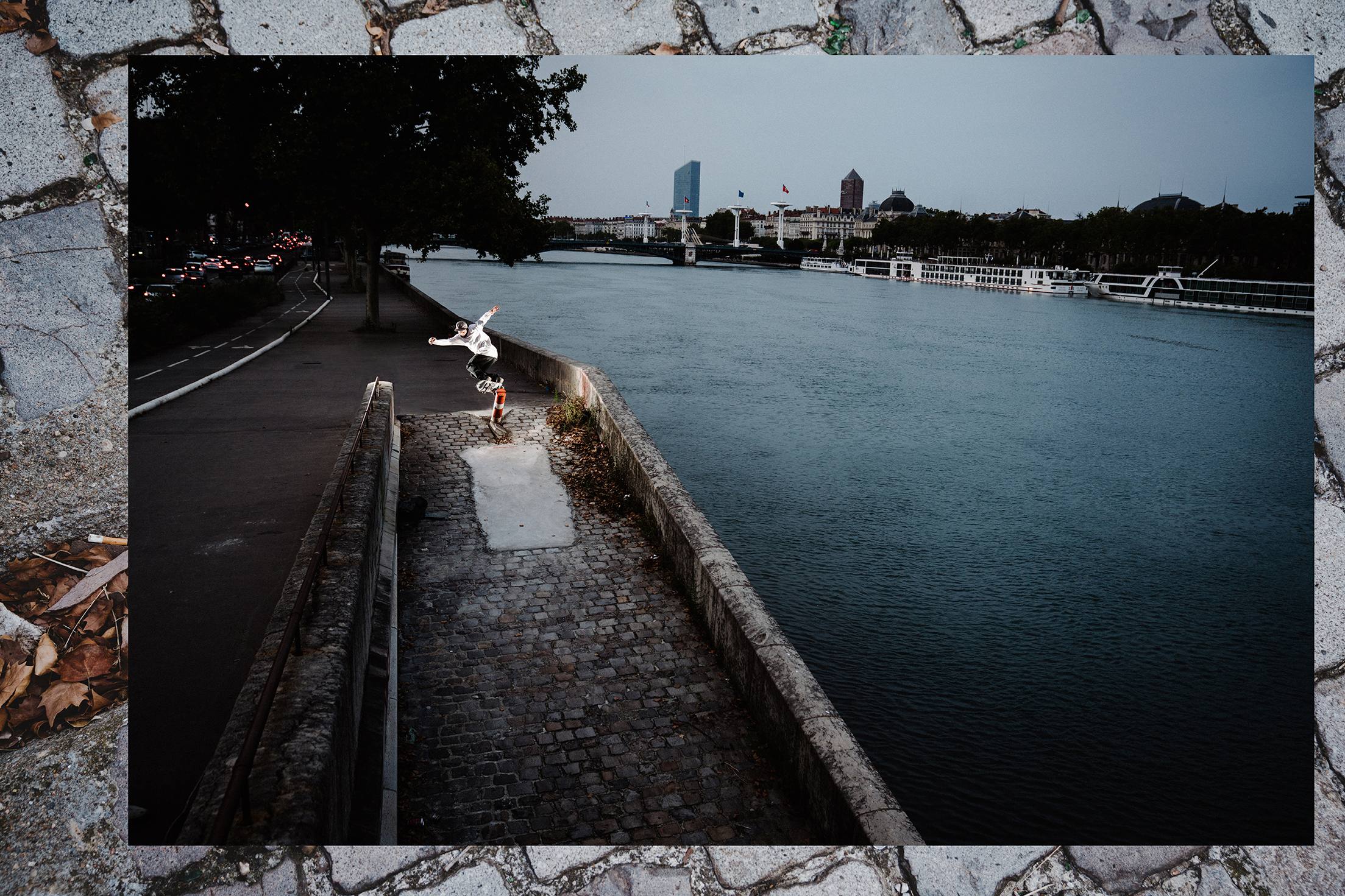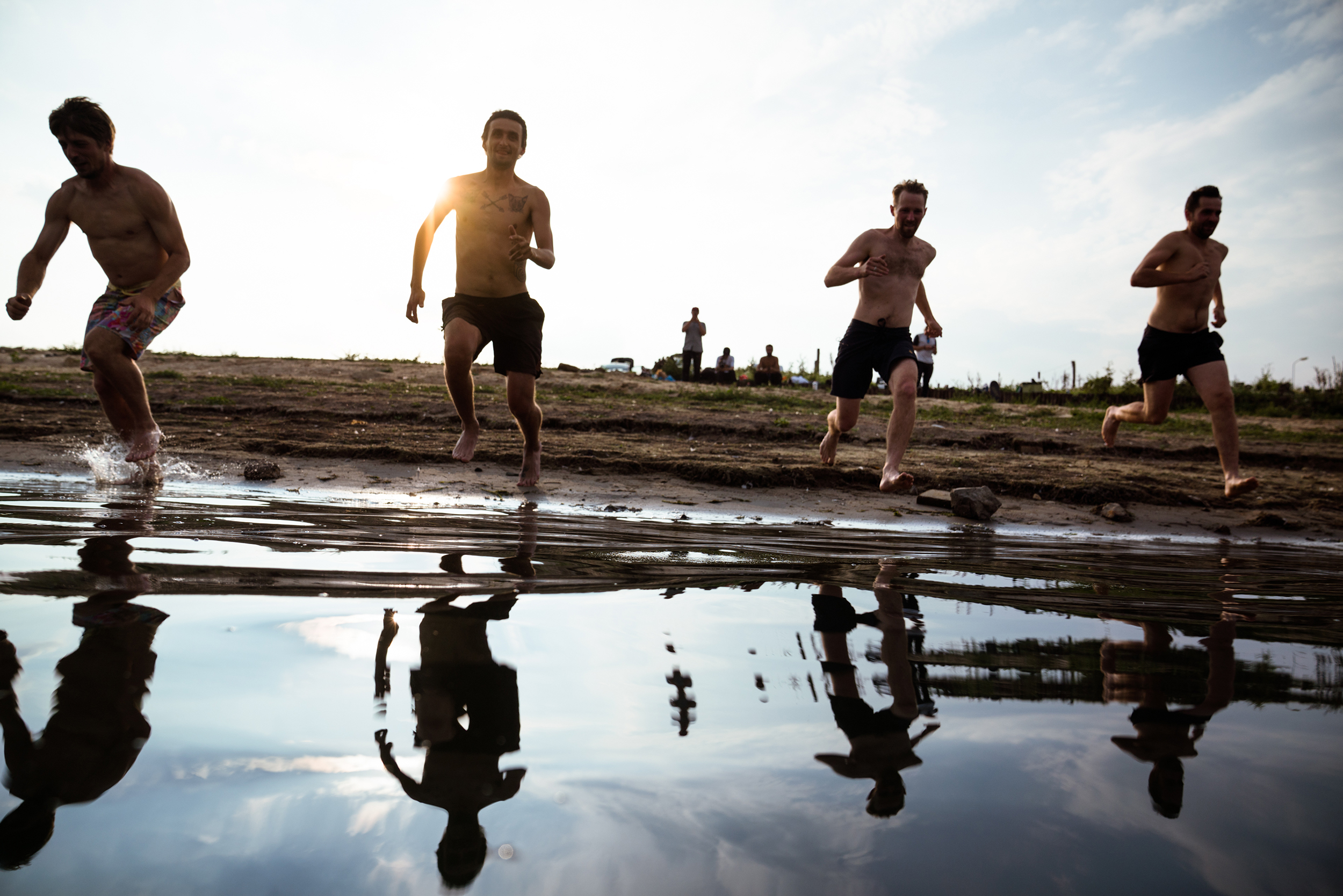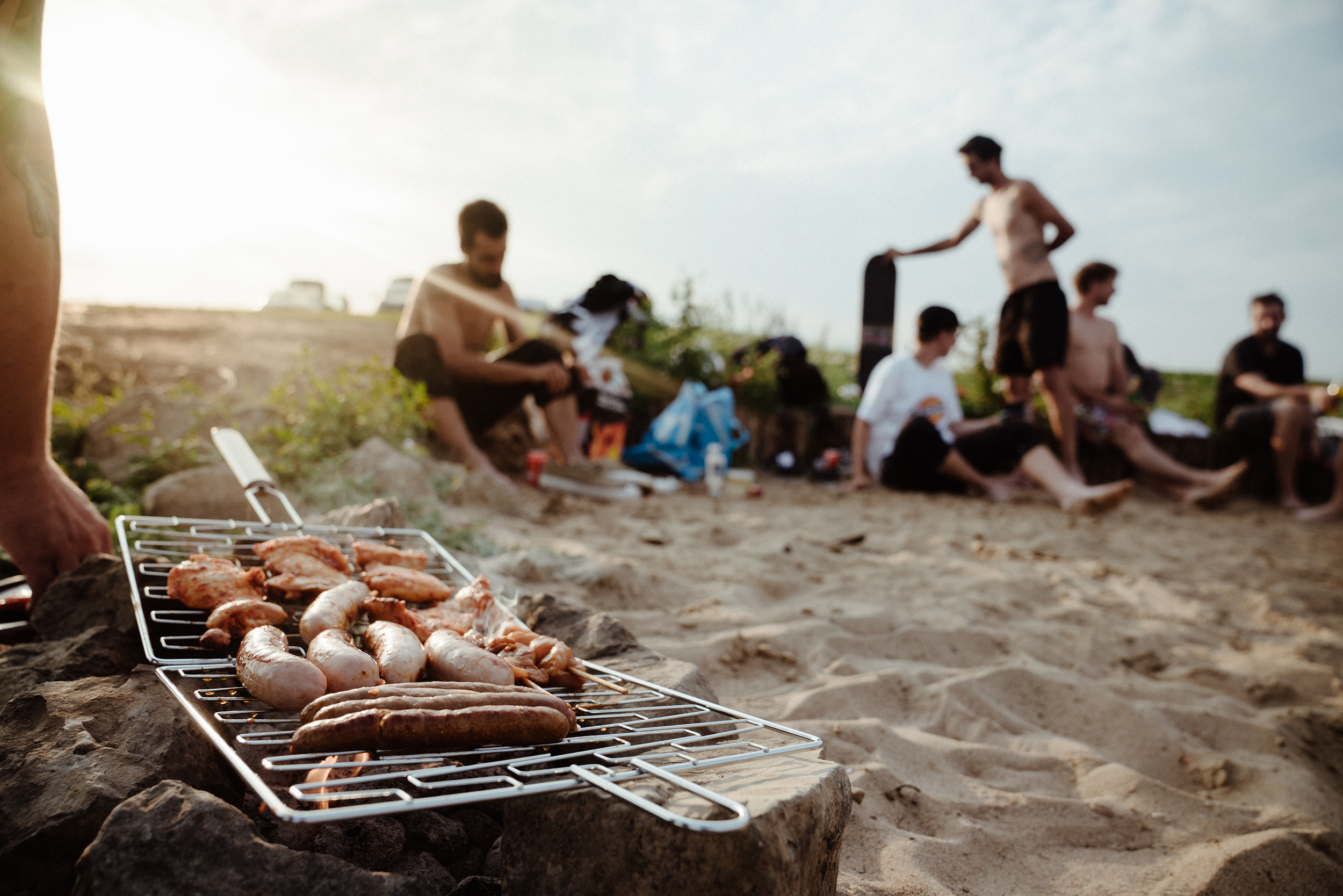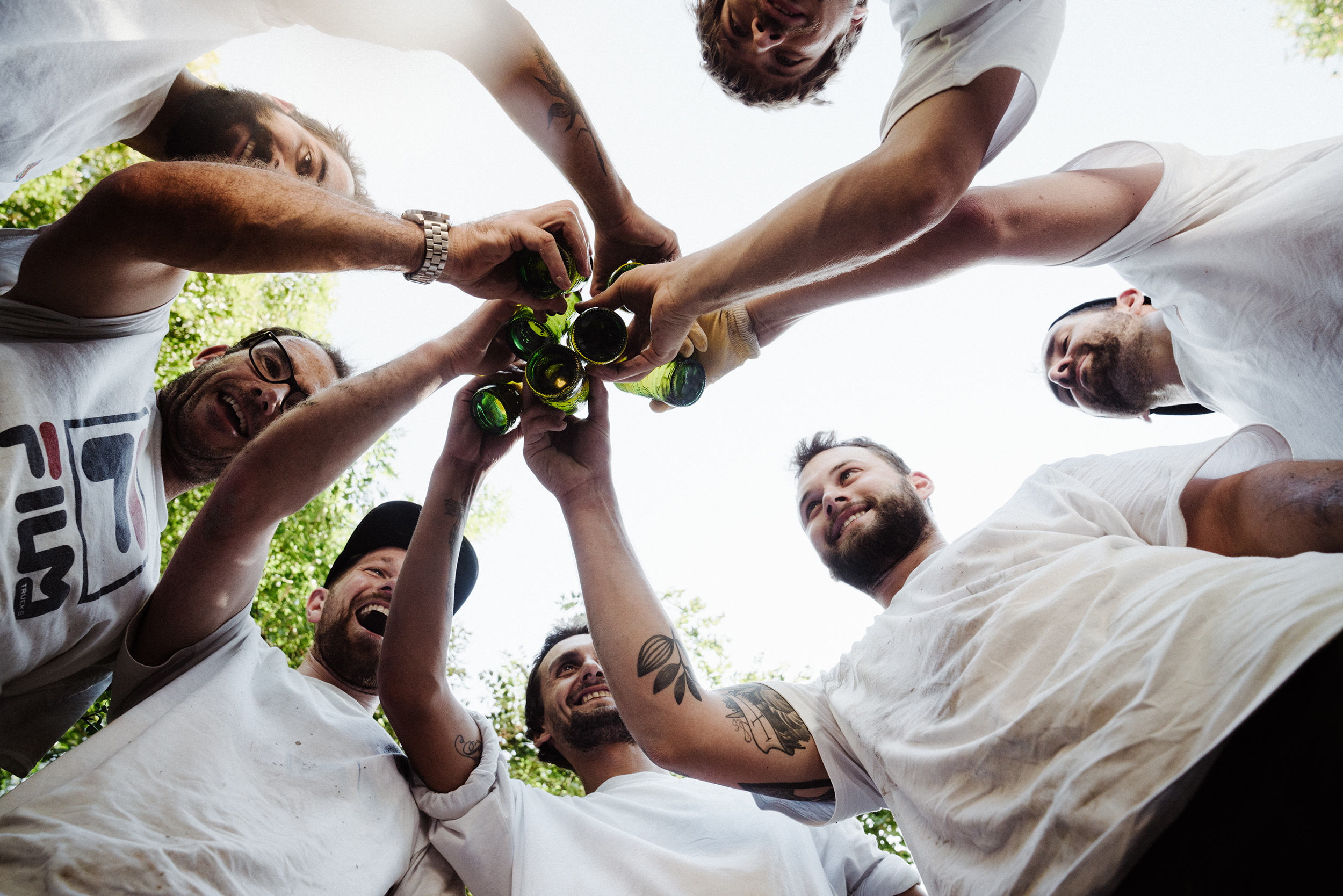Photos: Dennis Scholz
In the late eighties, Germany experienced a skateboarding boom that is practically unparalleled still to this day. At the time, it seemed like everyone owned a skateboard or at had at least tried skateboarding. The term "public skatepark" was still very foreign and apart from a few halfpipes scattered around, there were essentially no official skateparks. No skateparks? That's just not right!
Inspired by contests like the "Savannah Slammah" or the "Münster Monster Mastership 1989", skaters began creating imitations of the skate obstacles they saw there themselves. At the time, jump ramps, quarterpipes and slider beams were considered “street skating”, and these obstacles could even be found in the smallest villages. DIY, i.e. "Do it yourself", was not even a term, but it was something organically live and well in Germany. The early nineties brought more and more importance to the modern idea of “street skating”, pushing skaters to seek natural street spots and the jump ramps soon started to disappear.
